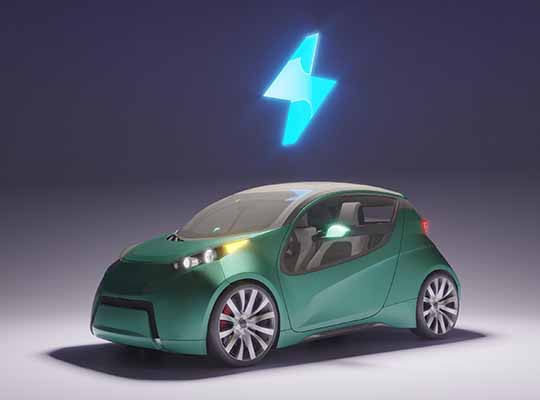For an electric vehicle, the battery is its most crucial as well as its most expensive component. In 2015, they made up more than 57% of the cost of an electric car in the US. Advances in technology, improved manufacturing processes, and efficiency gains have all meant that the price of the battery continued to fall, and reduce the cost of an electric vehicle. Though the battery’s share of an EV’s overall cost continues to reduce, any decrease or increase in battery prices has a direct bearing on the price of an EV.
This correlation is seen in the decline in EV prices, which closely followed falling battery costs in the 2010s. From almost $1,200/kWh in 2010, battery prices fell to $137/kWh in 2020. This decline brought EVs into the mainstream, with categories such as 2-wheelers and 3-wheelers seeing rapid uptake. In 2011, overall EV sales were about 55,000 and didn’t constitute even a 0.1% share of the overall market. By comparison, 2021 saw sales of almost 70,00,000 EVs. Falling battery costs have thus been one of the significant reasons for the proliferation of EVs.
However, 2022 bucked this trend and even saw an increase in battery pack prices, primarily due to high raw material costs. Prices for 2022 were at $151/kWh, the same level as in 2020. And 2023 might see an increase or have prices at the same level as 2022. It is only in 2024 that battery prices are expected to begin falling again.
Though 2022 and 2023 see a stabilisation in battery prices, they’re still expected to fall over the decade. Persistent high prices of raw materials would not be a factor in the long term as the combination of materials used would be changed to utilise more abundant and cheaper sources. And continuing improvements in efficiencies would see better batteries, thus reducing the cost of EVs.
EV sales would increase in 2023 despite battery prices remaining stable due to a combination of economic, technological, and policy factors. High prices of fossil fuels make a favourable case for EVs on account of having much lower operating costs. And the price of oil is expected to remain high in 2023. Policy support for EVs has also been mounting, with numerous countries having in place a variety of subsidies and incentives to bring down EV prices. And EVs are still a maturing technology, which means that there are still a lot of areas for improvement and gains to be made.
Lithium battery prices, though stable at the moment, will continue to fall. But several other factors are tailwinds for EVs, and 2023 would be another strong year for the electric vehicle industry.













